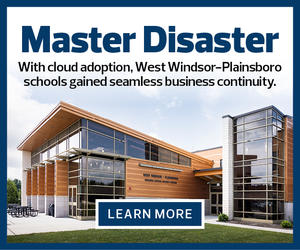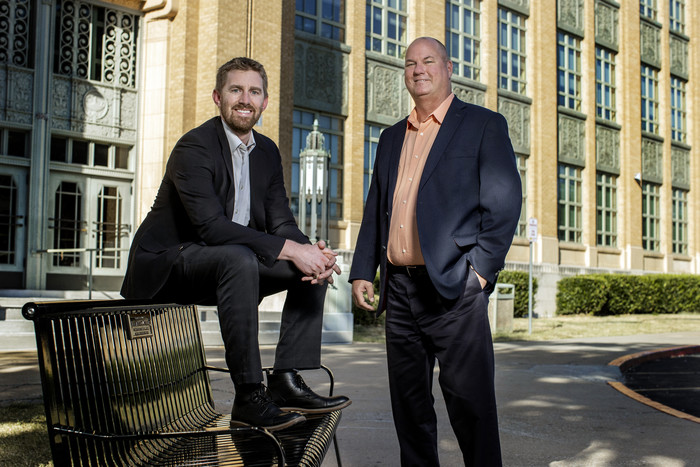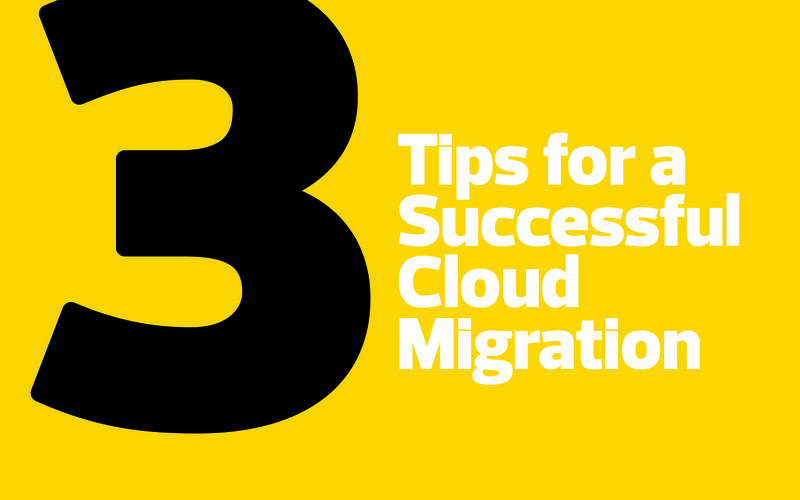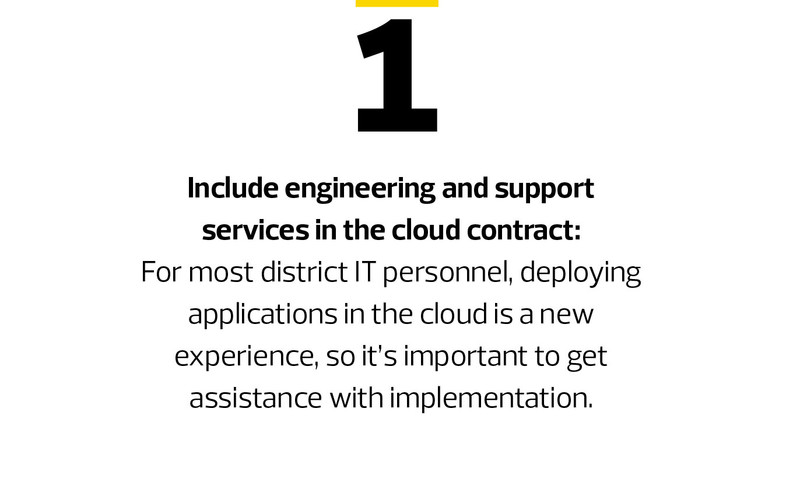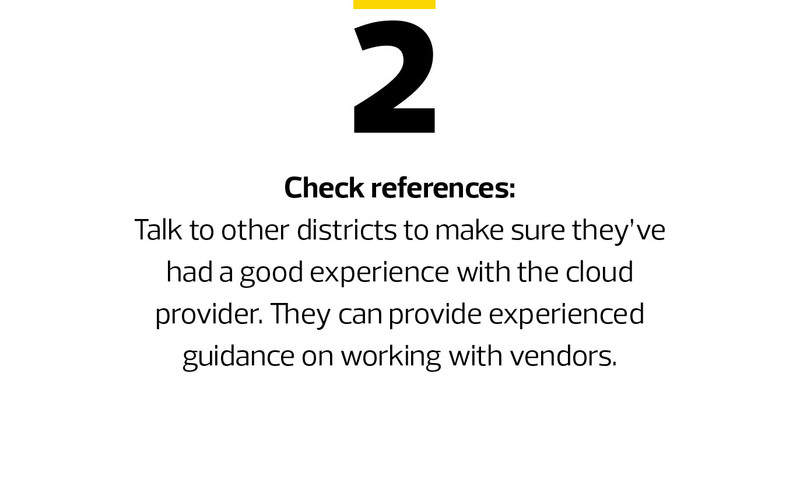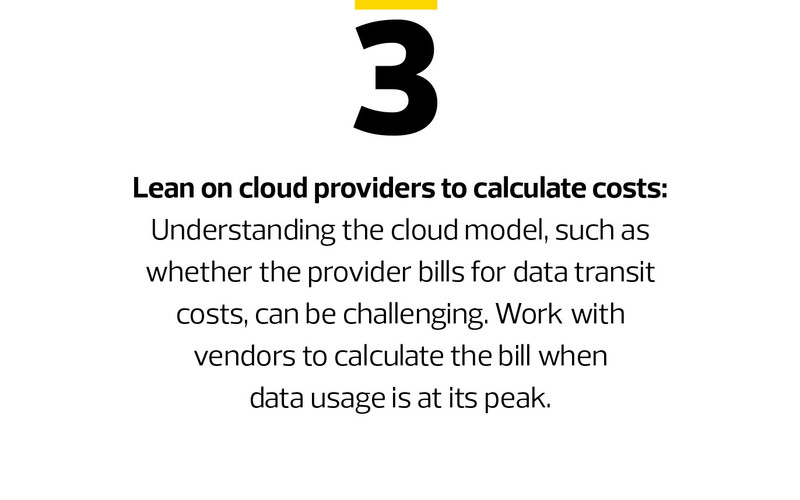During COVID-19, more districts accelerated their digital transformation efforts, with many shifting to the cloud to enable remote learning. However, migrating to cloud infrastructure services can be complex and daunting.
“The most important thing for me was to move resources to the cloud space and back without a steep learning curve,” Doctor says.
After doing research, he subscribed to VMware Cloud (VMC) on AWS — a cloud service launched by VMware and Amazon Web Services — because he was already familiar with VMware, having previously used its software to virtualize his on-premises servers.
Now, if a big storm were to strike New Jersey, Doctor could seamlessly migrate all the important applications to the cloud in advance to ensure uptime.
The district is now reaping many of the benefits that the cloud promises, including agility, scalability and cost savings.
READ THE WHITE PAPER: As cloud adoption accelerates, security must keep pace.
Making Business Sense with a Hybrid Approach
Some districts making the transition to the cloud have deployed a hybrid of on-premises and cloud architecture like West Windsor-Plainsboro, while others are still in the early stages of cloud adoption. Having gone through the process, IT leaders from Broward County Public Schools, Peninsula School District and Tulsa Public Schools are happy to share lessons learned.
To ensure a smooth transition, these IT leaders suggest districts set up applications correctly and secure them against cyberattacks, run pilots to ensure a cloud migration is cost- effective, and take advantage of cloud providers’ engineers and support teams for implementation guidance.
Some school districts just starting their cloud journey mistakenly think they have to migrate everything to the cloud or that every cloud project saves money, says Joe Jennings, chief information and analytics officer at Tulsa Public Schools in Oklahoma.





